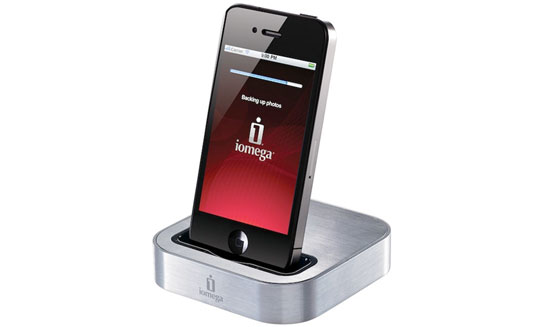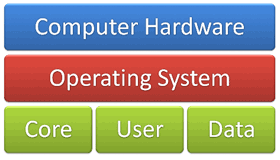Backing up an iPhone, in case you hadn’t noticed, is a hassle. You do the job via iTunes, but it’s not a particularly intuitive experience, nor one that’s as automated as it should be. (The syncing that happens automatically when you connect an iPhone via USB falls very short of a full backup.) Unless you’re a lot more careful than I am about protecting your data, you probably don’t back up your iPhone as often as you should.
Enter Iomega’s SuperHero, which I wrote about when it was announced at CES in January. It’s an iPhone charging dock–it also works with the current version of the iPod Touch–that aims to make backup so easy that you’ll actually do it. Or contact and photo backup, at least–the SuperHero can’t protect apps, e-mail, calendars, and other items because Apple provides no way for third-party products to get at this data. Iomega provided a unit to me for review.




 Venerable storage company Iomega has made its CES announcements. They include a unique new iPhone/iPod Touch dock, two TV boxes that are the first ones to run the Boxee software since
Venerable storage company Iomega has made its CES announcements. They include a unique new iPhone/iPod Touch dock, two TV boxes that are the first ones to run the Boxee software since  In theory, e-mail attachments are the very worst way to distribute files (or just move them from one of your computers to another). They choke e-mail servers with redundant bytes, are hard to keep track of, and often fail to work at all. In reality, though, there’s something about the human brain that makes us like attachments.
In theory, e-mail attachments are the very worst way to distribute files (or just move them from one of your computers to another). They choke e-mail servers with redundant bytes, are hard to keep track of, and often fail to work at all. In reality, though, there’s something about the human brain that makes us like attachments. I’m still in the audience at the
I’m still in the audience at the  TechRepublic’s Jason Hiner has a post up with the provocative title “
TechRepublic’s Jason Hiner has a post up with the provocative title “ If you use
If you use